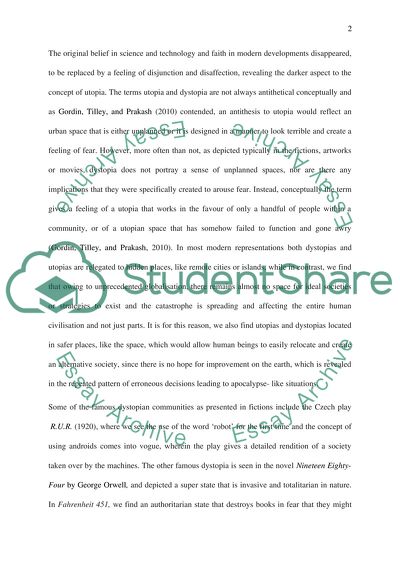Cite this document
(Urban Dystopias Coursework Example | Topics and Well Written Essays - 3000 words, n.d.)
Urban Dystopias Coursework Example | Topics and Well Written Essays - 3000 words. https://studentshare.org/social-science/1819230-urban-dystopias
Urban Dystopias Coursework Example | Topics and Well Written Essays - 3000 words. https://studentshare.org/social-science/1819230-urban-dystopias
(Urban Dystopias Coursework Example | Topics and Well Written Essays - 3000 Words)
Urban Dystopias Coursework Example | Topics and Well Written Essays - 3000 Words. https://studentshare.org/social-science/1819230-urban-dystopias.
Urban Dystopias Coursework Example | Topics and Well Written Essays - 3000 Words. https://studentshare.org/social-science/1819230-urban-dystopias.
“Urban Dystopias Coursework Example | Topics and Well Written Essays - 3000 Words”. https://studentshare.org/social-science/1819230-urban-dystopias.


